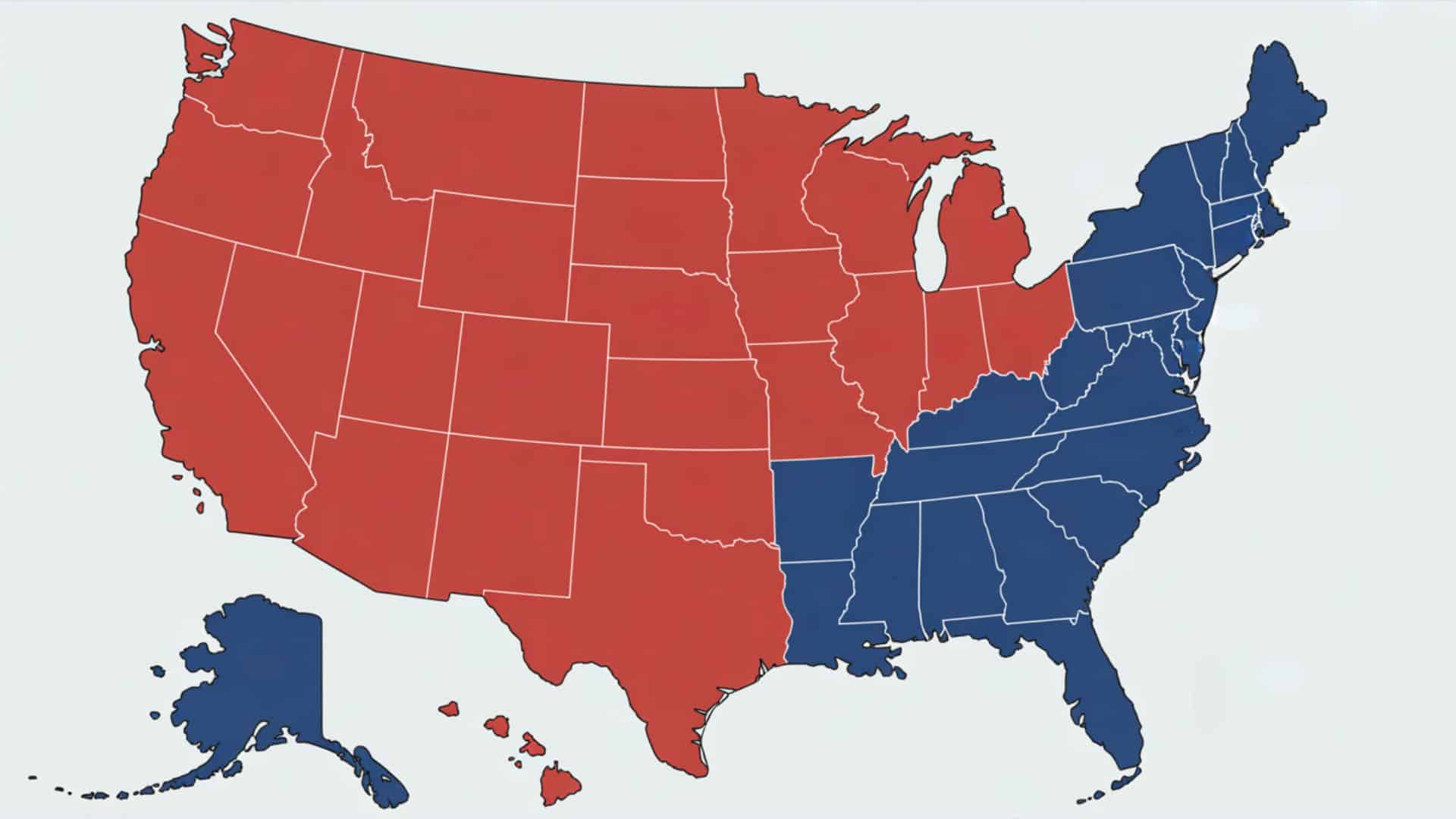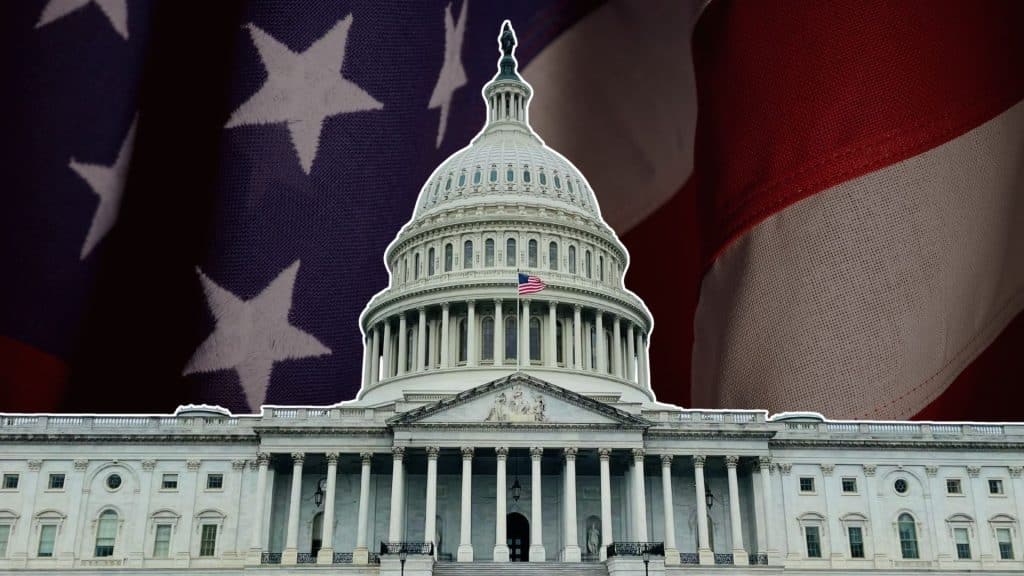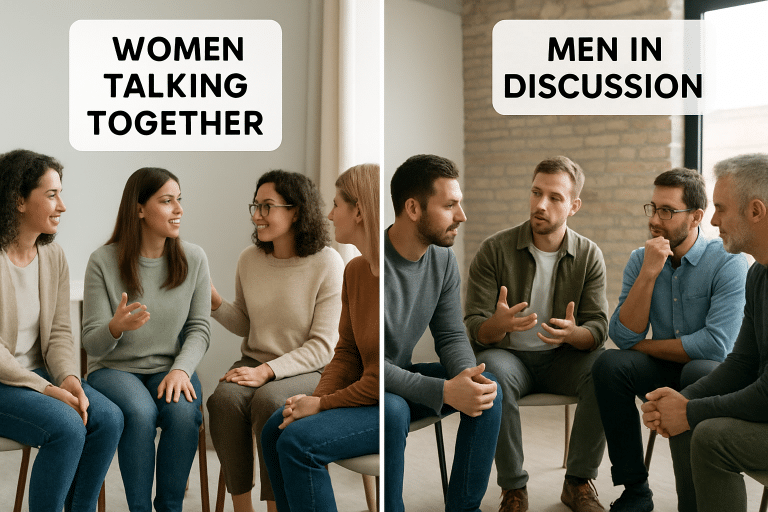What happens when politicians choose their voters instead of voters choosing their politicians?
This strange situation occurs more often than you might think in American elections.
Gerrymandering is a legal but highly controversial practice that can significantly alter election outcomes without a single vote being cast.
This process affects every level of government and touches the lives of millions of voters nationwide.
While most people have heard the term, few truly understand how this political tool works or why it has such power over our democratic system.
In this blog, I’ll show you the hidden mechanics behind gerrymandering and why understanding it could change how you view American elections forever.
What is Gerrymandering?
Gerrymandering refers to the practice of politicians redrawing voting district boundaries to benefit their own political party. This practice alters how votes are counted in elections across America.
The term comes from Massachusetts Governor Elbridge Gerry in 1812. He approved a district map that resembled a salamander, thereby creating the word “gerrymander.”
Politicians use this method to concentrate opposing voters in a few districts or spread them thinly across many areas. Both major parties have used gerrymandering throughout history.
Key features of gerrymandering include:
- Oddly shaped districts that don’t follow natural boundaries.
- Districts that divide communities and neighborhoods.
- Maps drawn to favor one political party over another.
- Redistricting happens after each 10-year census.
- Legal challenges are often filed against suspicious district maps.
- Computer software is now used to create precise voting advantages.
How Does Gerrymandering Influence Voting Power?

Gerrymandering directly impacts how much your vote matters in elections. It can make some votes count more than others, depending on district boundaries.
Diluting Opposition Votes
When politicians pack opposing party voters into single districts, they waste those votes. One district might have 80% Democratic voters, yet 60% would still win.
Creating Safe Seats
Gerrymandering creates districts that are so one-sided that elections become predictable. Politicians in these safe seats don’t need to worry about losing their jobs to voters.
Reducing Competitive Elections
Most gerrymandered districts heavily favor one party. This means fewer close races and less reason for politicians to listen to all their voters’ concerns.
Weakening Minority Representation
Strategic redistricting can split minority communities across multiple districts. This prevents these groups from electing candidates who effectively represent their interests and needs.
What Are the Main Strategies Used in Gerrymandering?
Politicians redraw voting maps using specific tactics to help their party win more elections. These methods have become increasingly precise with the advancement of modern technology.
1. The Packing Strategy
Politicians often consolidate opposing voters into a single district, wasting the votes of those who do not share their views. This strategy makes the opposing party win fewer total seats across the state.
- Opposition wins one district by huge margins.
- The ruling party wins multiple districts easily.
- Map drawers gain more seats overall.
2. The Cracking Method
Splitting opposition supporters across multiple districts makes them minorities everywhere. They cannot elect their preferred candidates in any area.
Modern Tools Make It Precise:
- Computer software analyzes voting patterns by neighborhood.
- Census data helps predict future election outcomes.
- Demographic information guides boundary decisions.
3. Kidnapping Technique
Some mapmakers redraw lines to force two opposing incumbents into the same district. This eliminates one popular politician from office through direct competition.
4. Technology Changes Everything
Modern gerrymandering relies on powerful data programs. Politicians can accurately forecast election results well before voters ever view the maps, making the system highly effective.
Why Should Voters Care About Gerrymandering?

Citizens should be alarmed because gerrymandering weakens the principle of equal representation. When boundaries are manipulated, communities lose the ability to hold leaders accountable in elections.
This practice can silence entire communities by dividing them across multiple districts or concentrating them in areas where their voices are not heard.
In districts shaped to favor one party, officials often prioritize party interests over community needs, as they understand that electoral threats are rare.
This creates a system where elected officials prioritize party interests over community needs. Gerrymandering also reduces voter turnout because people feel their participation won’t change anything.
Key reasons voters should pay attention:
- Your vote may count less than someone in a neighboring district.
- Politicians become less responsive to local community concerns.
- Competitive elections disappear, reducing your options for candidates.
- Tax money gets spent based on party loyalty instead of real needs.
When voters understand gerrymandering, they can advocate for fairer maps and more effective representation.
This knowledge enables you to evaluate candidates who promise election reform and hold current officials accountable for their decisions regarding redistricting.
Can Gerrymandering Affect Election Fairness?
Yes, gerrymandering weakens election fairness by allowing some districts to enjoy greater advantages while others are left disadvantaged before ballots are counted.
Think about it this way, like your neighbor living two miles away might need fewer votes to elect their representative than you do.
That’s not fair, right?
Gerrymandering creates situations where geography determines the weight of your voice. You know how some sports games are so one-sided they’re boring to watch?
That’s what happens to elections in gerrymandered districts. When one party has a 70% advantage before voting even starts, why bother campaigning or debating issues?
Predetermined results encourage political stagnation where leaders lack the incentive to debate openly and often show little urgency to meet voter concerns.
What Are the Possible Solutions to Gerrymandering?
Several proven methods can reduce gerrymandering and make elections fairer for all voters. These solutions require political will and citizen support to be implemented effectively.
Main Solutions Include:
- Independent Commissions: Remove politicians from mapmaking by using nonpartisan experts and citizens instead.
- Computer Algorithms: Draw districts based on population and geography rather than past voting patterns.
- Court Oversight: Federal judges can reject maps that violate constitutional rights to equal representation.
- Ballot Initiatives: Let voters directly approve redistricting reforms through citizen-led ballot measures.
- Federal Standards: Require all states to follow uniform rules for drawing fair district boundaries.
These reforms work best when combined. States like California and Arizona have successfully reduced gerrymandering using independent commissions and strict criteria for drawing maps.
Wrapping It Up
In summary, gerrymandering undermines American democracy by letting politicians choose their voters instead of the other way around.
This practice creates unfair advantages, reduces competition, and makes many elections meaningless before they even begin.
Both parties have used these tactics, but the real losers are ordinary citizens whose voices get silenced.
However, solutions exist through independent commissions, court intervention, and citizen-led reforms that can restore fairness to our electoral system.
When voters understand how redistricting works, they can demand better representation and hold politicians accountable for protecting democratic values in their communities.
Do you think your district’s boundaries seem fair, or have you noticed oddly shaped voting maps in your area? Share your observations and questions below.






































